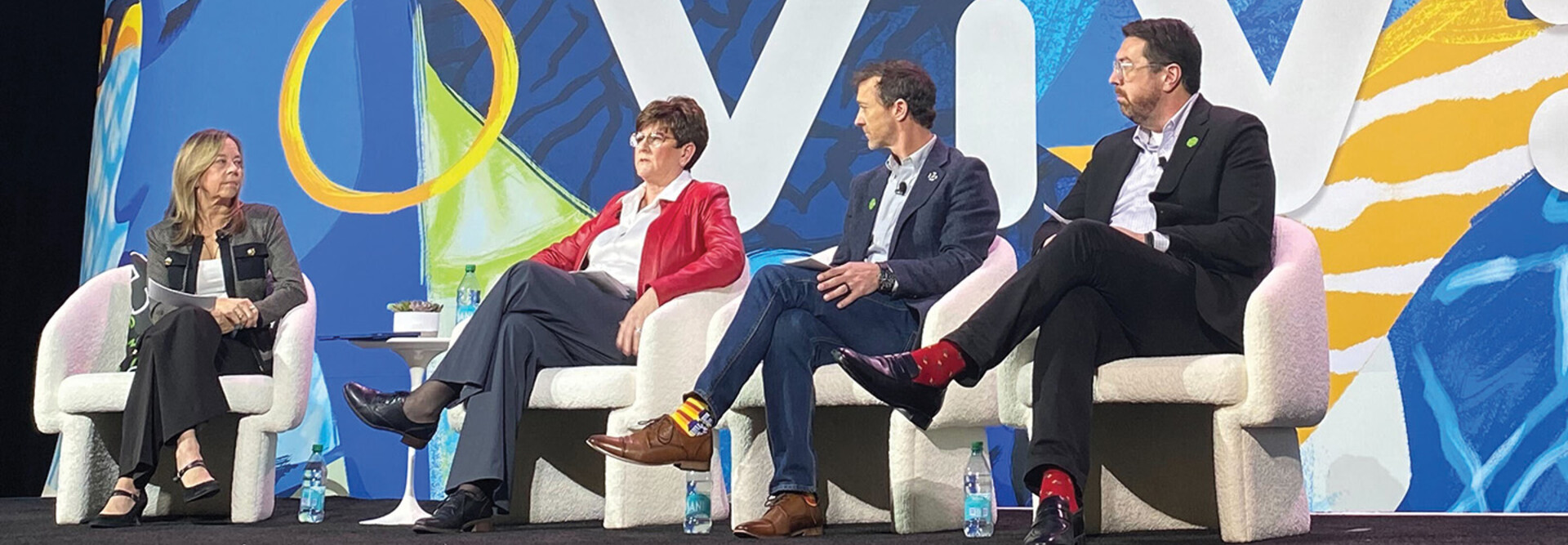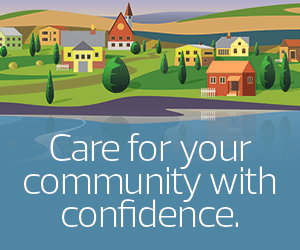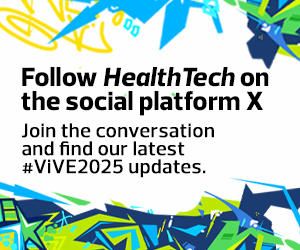Realistic Expectations About New Technologies
Winona Health, which is headquartered in southeastern Minnesota on the Mississippi River and borders Wisconsin, has served its community for more than 130 years and was an early adopter of electronic health record systems.
In recent years, reduced capacity at referral facilities has led to fewer available beds, while workforce needs have grown, especially in the pharmacy space. Schultz said that adding automated solutions to support pharmacy techs has helped amid ongoing constraints.
However, there have also been changes such as cuts on clinical rotations that mean incoming staff members may not be totally prepared for their new roles — and may not have even worked with patients before.
Because of that, Winona Health offers a simulation lab that allows future and incoming clinicians to reinforce their education and training.
MORE FROM VIVE: Ambient intelligence is poised to transform healthcare.
Workforce concerns remain top of mind at rural organizations, and not just in the clinical space. Ryan Thousand, interim CIO at Montana-based Dahl Memorial Healthcare Association, recalled the early days of his role.
“When I came to the organization, we didn’t even have a ticketing system,” he said. “My IT team could fit into the trunk of a Prius. Later on, it got smaller, and it continues to do that.”
For Thousand, focusing on the organization’s current technology stack and optimizing it has been his main focus, instead of adding on new solutions: “Rightsize your approach. Take a small step back, look at what’s going on around you, and understand that you might not be able to go out and tackle the world, but you can tackle little things at a time.”
Growing industry partnerships between vendors and provider organizations have been promising, Schultz said, such as the launch of Microsoft’s Rural Health AI Innovation Lab.
DISCOVER: Four ways technology solutions mitigate staff shortages in rural healthcare.
“I think the AI piece of it is going to be a big game changer for us, but it’s not going to be overnight,” she said. “It’s going to be fixing these processes and having platforms that will actually support it over time.”
In order for AI solutions to gain ground in rural healthcare, governance is key.
“Governance is an incredibly important step,” said Scott McEachern, CIO at Oregon-based Southern Coos Hospital and Health Center. “Healthcare has come to the point where we need to have that governance broadly, but also at the local level, having policies instituted around AI.”
Even as new technologies get implemented, McEachern added, fostering trust remains imperative. “In order for us to accept and understand technology, we have to have those solid relationships, up and down, internally, but then also outside with our local community —partners, businesses, state representatives and also the other healthcare facilities,” he said.

















